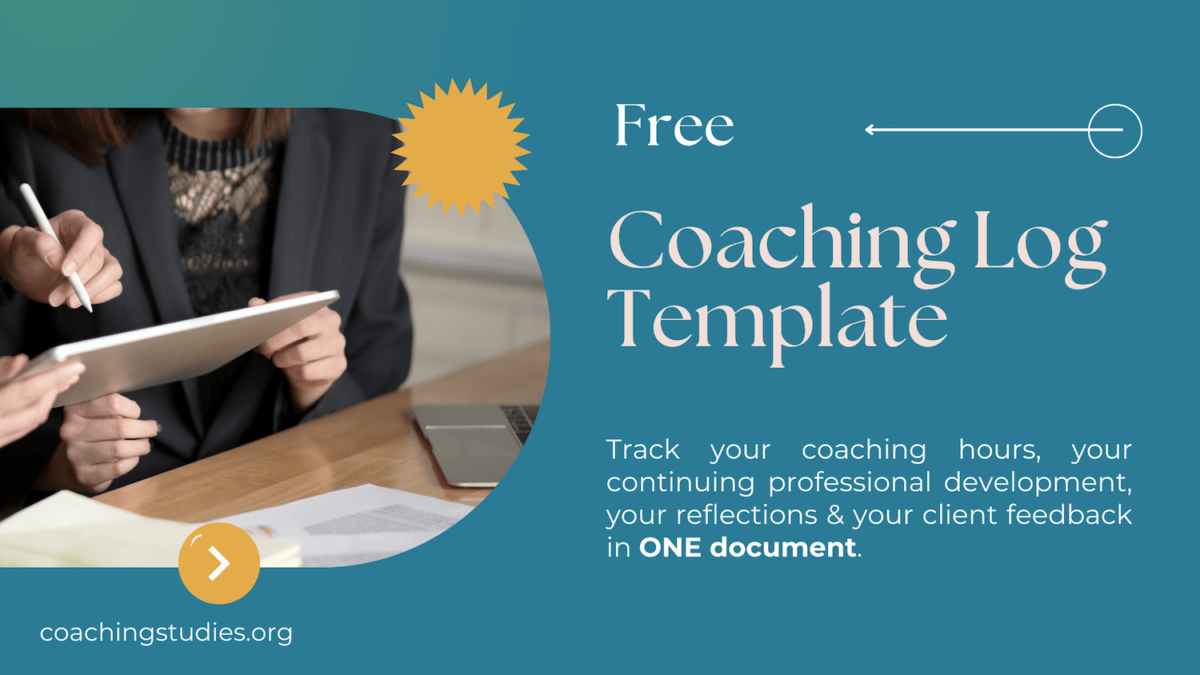Knowing what to charge for your coaching services is not an easy task. It’s not just about how much you charge, but how you charge. In this article, we’ll explore a few types of pricing that most coaches offer their clients.
To learn more about pricing and to find one you are comfortable with, you can also check this other article that zooms on the actual calculation of the fee.
HOURLY RATE
The hourly rate is a straightforward method of pricing, and very likely one that you are currently doing, or that you started with. To establish your hourly rate, you can consider factors like your experience, expertise, and the market demand for your coaching niche, as well as your overall availability during the week.
The issue with an hourly rate is that it gives the impression that the client only pays for the work they do in sessions with you, and not for the growth that happens between sessions as a result of your work with them. In our other article on pricing, you’ll see that it is not necessarily a pricing we recommend.
PACKAGE PRICING
Many coaches opt for package pricing, which is bundling a number of coaching sessions and other services at a fixed rate. These other services can be unlimited calls and messages to the coach, access to training videos or additional resources, additional group coaching, or other benefits relevant to the coaching niche you specialise in.
This method provides clarity to clients regarding the duration and cost of their coaching engagement. When determining package pricing, consider the scope of the coaching programme, the expected outcomes, and the level of support you’ll provide.
VALUE-BASED PRICING
Value-based pricing revolves around the client’s perceived value of your coaching services. It’s not an easy thing to measure: what is the monetary value of the outcome of your coaching? Not every coaching niche will be able to quantify this. But there are ways to try to look into it. Start with these two points:
- Define the exact outcome of your coaching: what did your coaching allow your client to do? Did they get a promotion at work or change jobs for a higher salary? Did they improve their well-being or overall health? Did they increase their sales? Did they save their marriage? Has their increased confidence enabled them to achieve their ambitious goals?
- Collect data: how much is that change worth for them? You can start by thinking about how much it would be worth for you and ask your friends and family as well.
Once you have clarity on the outcome of coaching, test the pricing and most importantly, your marketing message around this value-based pricing.
RETAINER
Coaches can offer a monthly or annual retainer for ongoing coaching. This involves clients committing to a certain number of coaching sessions and other services each month in exchange for a discounted rate compared to individual sessions. Retainers allow coaches to build long-term partnerships with their clients and provide a predictable income stream.
SLIDING SCALE
Sliding scale fees are another way to set your pricing. This type of fee accommodates clients with various financial circumstances and budgets. Coaches offer different fee levels based on a client’s ability to pay. This approach ensures that coaching remains accessible to a broader audience while allowing coaches to support individuals who may not afford standard rates.
You can start by offering 3 fees:
- Discounted fee for clients who can’t afford the normal fee.
- Normal fee.
- Higher fee for those who can afford a higher price point and also want to support people with a lower income.
HYBRID PRICING
Hybrid pricing combines different pricing models to support different client needs. For example, you can offer a combination of hourly sessions and packages, allowing clients to decide their level of commitment. You may choose to offer a retainer for corporate coaching, or for long-term coaching clients with whom you have an ongoing work.
There are a lot of ways to set the fee for coaching, and it can be overwhelming to know which option is best for your practice. Take your time to familiarise yourself with the different options available to you, and test them out. Some may be more adequate to your niche, but ultimately, you need to feel confident about it.
LET'S STAY IN TOUCH
If you want to hear from us about all things coaching and not miss any new articles, sign up to our weekly newsletter below 👇
Thank you!
We hope you like the content we will share.










